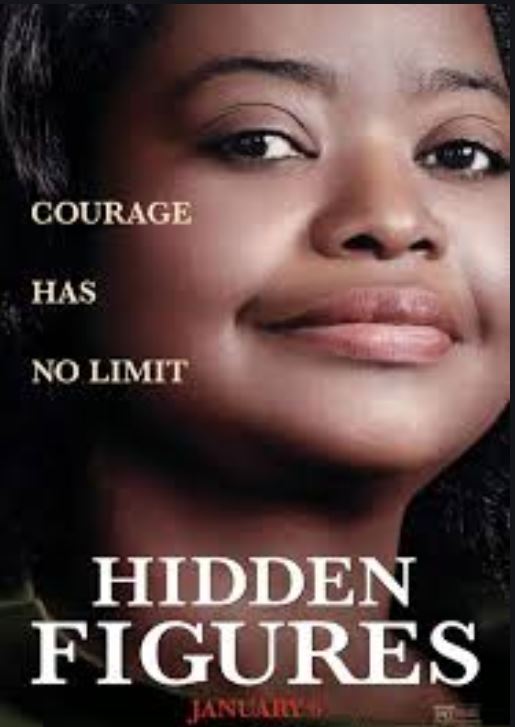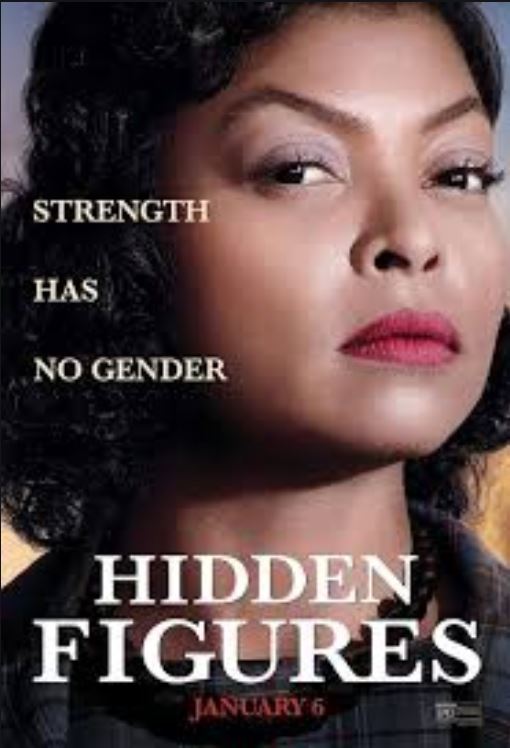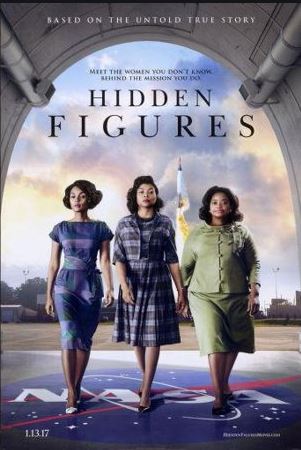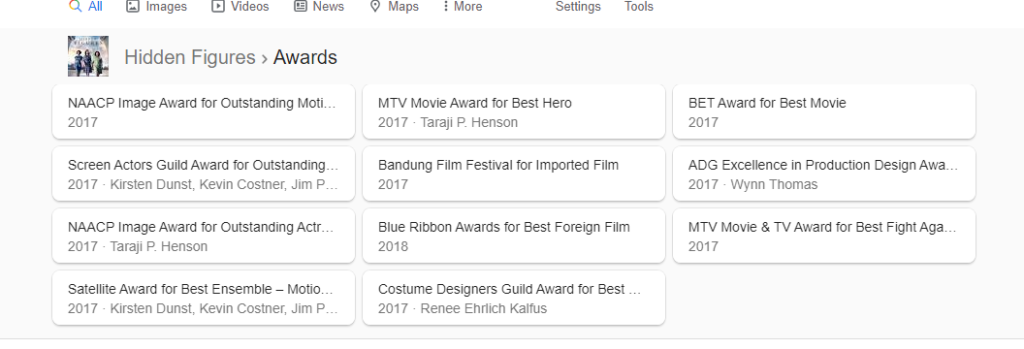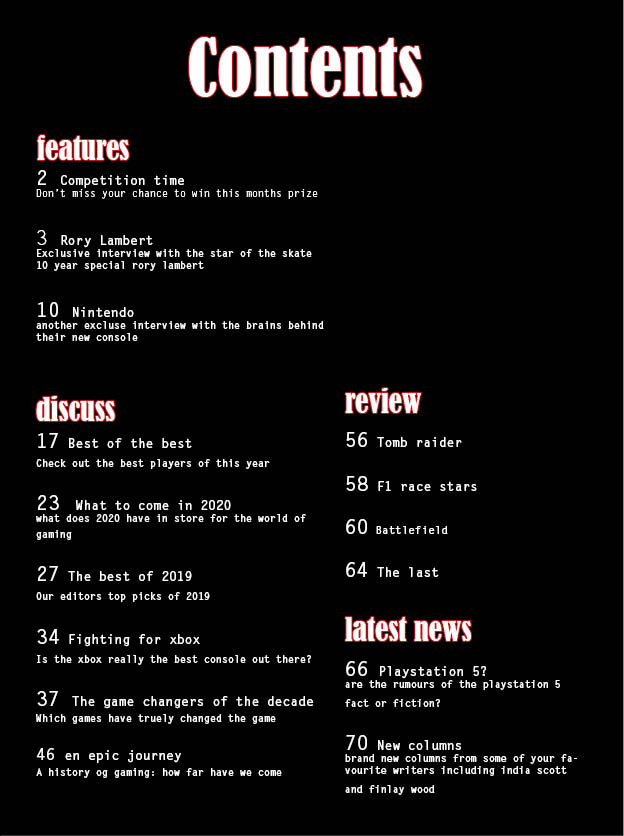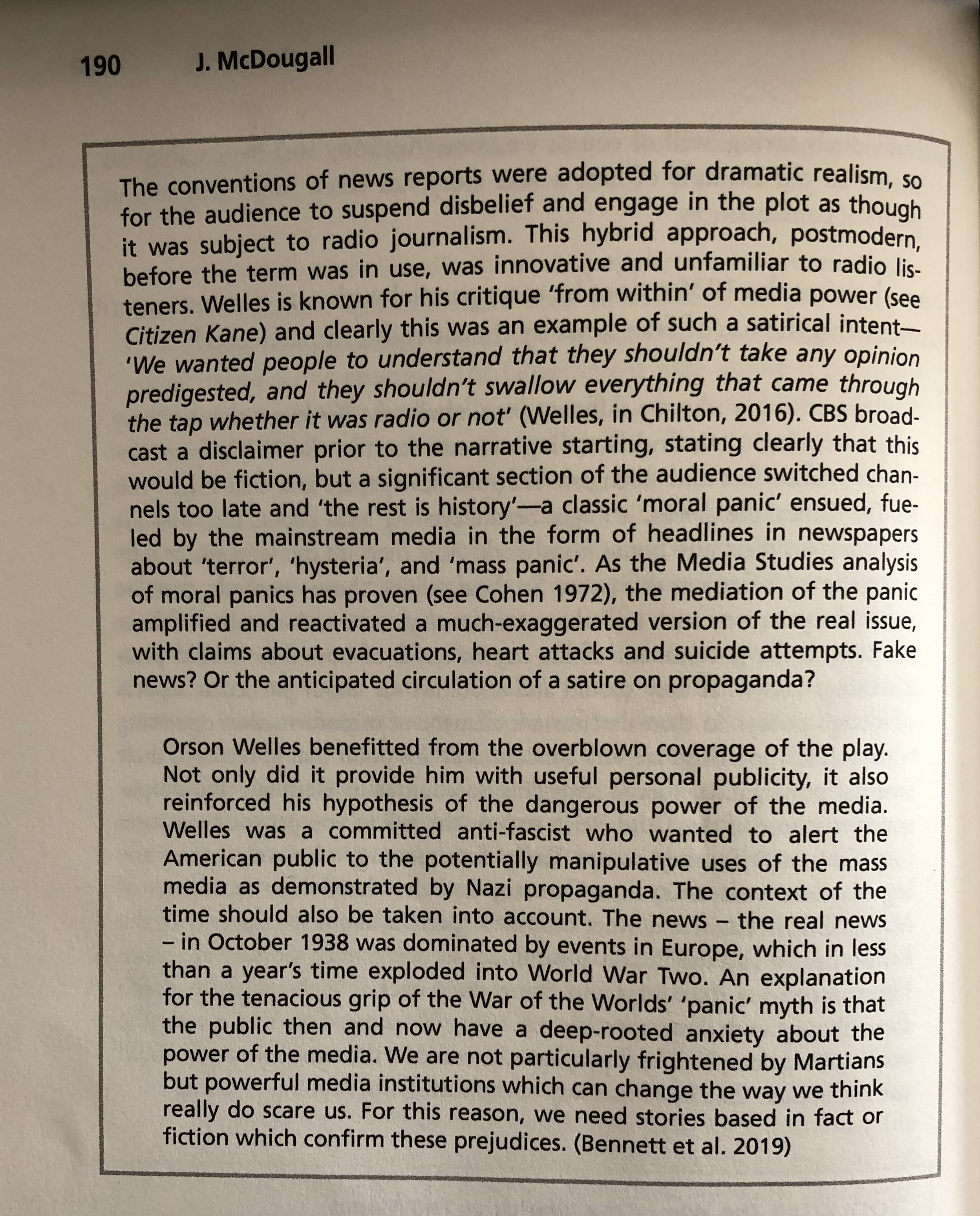- Trailers
- Posters
- Social Media
- Advertising and Cross promotion
Posters:
- The first poster, debuting around the same time as the first trailer, lets you know exactly what you’re in for. All three of the leads are seen striding toward the camera, confident and fearless, a NASA symbol on the floor under their feet. It’s clear they’re walking through some sort of hanger or other complex and a rocket can be seen launching in the background. So between all of that and the period wardrobe the three are wearing the one-sheet does a good job of establishing both the premise and the setting, especially when you factor in the copy, which reads “Meet the women you don’t know, behind the mission you do.
- The theatrical poster tells us “Genius has no race. Strength has no gender. Courage has no limit.” That all sums up the themes of the movie. It’s paired with photos of the three leads as well as smaller pictures of supporting players like Jim Parsons, Kevin Costner and Kirsten Dunst.
- Can be seen as radical because it challenges the dominant ideology and is giving the minority of black females power through the way they are positioned to be confidently walking through NASA.
- There are also individual posters and includes one singular main character, this is promoting the lead actress as well as that the poster includes an inspiration phrase, which gives power to the individuals, especially because their minority is not included.
Trailers:
- The first trailer introduces Katherine (the main character) as a young child with her amazing capability for maths and calculations, which introduces the character and sets the scene for the plot.
- There’s another trailer which can appear radical as the 3 black women are pulled up by the cops and are discriminated for being black females working for NASA. This creates the scene of racial discrimination throughout America and also teaches the audience about the situation black women are currently facing throughout America (at the time the film was set).
- Fast forward to her as an adult (2nd trailer) as she, Dorothy and Mary have car trouble on their way to NASA, leading to a police officer dropping some casual racism about that particular situation. That kind of attitude – that not only are they women but black women – is continued throughout the trailer as we see them encounter one white man-made roadblock to being taken seriously after another, despite them being part of the team that’s trying to put a man on the moon in the very near future. They deal with all of that as well as other societal expectation about a woman’s place in the world as they try to be taken seriously and get what’s due them.
- The 2nd trailer leans heavily not just on the drama of trying to get a space program (literally) off the ground but also the place society in the U.S. was in at the time, which was not friendly to black women as a whole, especially not those who worked to rise to a station traditionally seen as exclusively for white men. The performances all look strong but the real draw here is the struggle and the opportunity to see, as we’re told repeatedly, a story many of us had never heard of before.
- The next trailer seems a bit tighter, even as it retains the same basic structure. We skip, though, the parts about Katherine’s childhood and skip right to the women breaking down on their way to NASA. We then see much of the same material, as Katherine in particular aims to break down the divides and barriers that are simply part of society in 1961 to get the same treatment as her white male colleagues and be seen as an equal.
- Again, this one seems to be a bit more linear and coherent, not trying to cram quite so much into the running time and instead focusing on the core story of one person’s attempts to do her job and contribute to something historic. If anything, this one seems more interested in the space program elements of the story, but the central idea is still one of equality.
Social Media:
- The advertisements on the FOX official website includes links to Fox’s social media page, to promote their other film and to entice the audience to watch similar films that might interest them that have been produced by FOX. The link also takes the audience to a booking website where they can buy tickets, in the hope that they will be enticed and buy the tickets.
- The website includes a gallery with snapshots from the film, showing important events about the film which relates to the film and the actresses in the film.
- The “Featured Content” section has links to find out more about the soundtrack album for the film and more, including to a site called “Future Katherine Johnsons” an ode to the real life person played by Henson. It’s a program that’s done in partnership with Black Girls Code and designed to unlock the enormous potential that lies in young black women, exposing them to the possibilities in STEM-related fields. Getting women into STEM is also the point of a programme from IBM honoring the women who served as NASA’s computers and the future geniuses who are and should be inspired by them and other trailblazers.
Cross Promotion
- The film had its first debut after being shown at the Toronto film festival
- The cast also talked about their characters and their benefit to NASA in press interviews and talks, which is promoting themselves as well as promoting females.
- There have been some social ads run using the trailers and other videos and it’s safe to assume outdoor and more online ads have been run as well. In terms of promotional partners, it looks like the major ones were the two mentioned above involving Black Girls Code and IBM.


